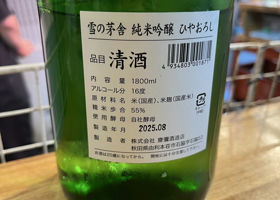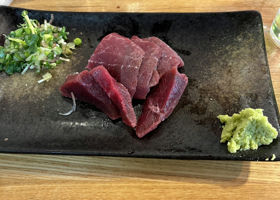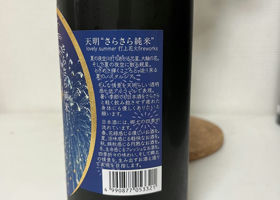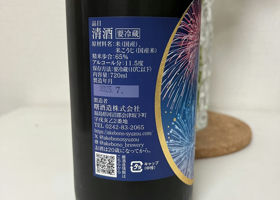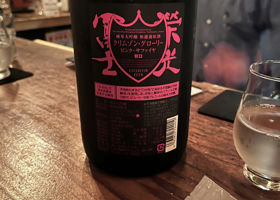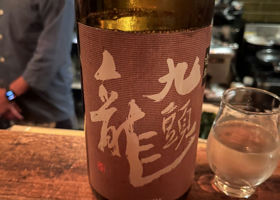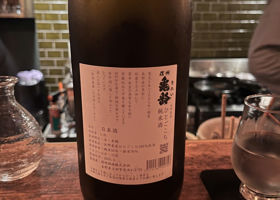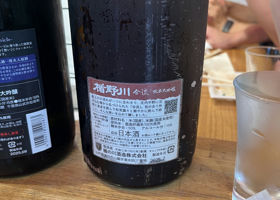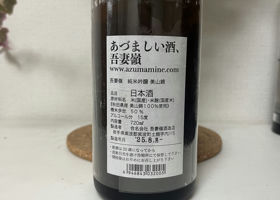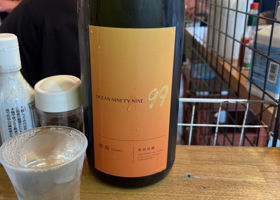
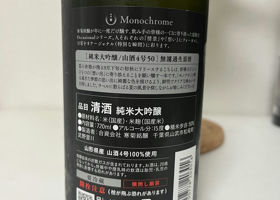
(カワダ調べ)
Kankiku Occasional Monochrome
A super-limited Occasional series focusing on unfiltered, unfiltered sake brewed only once a year.
Mr. Yanagishita, the toji, originally worked as an aircraft mechanic for JAL at Narita Airport, but his attachment to his hometown of Chiba and his desire to do work that only he could do led him to the sake brewing industry. After joining Kangiku Meikozo in the beer brewing department, he was selected to be the toji (master brewer), despite his lack of experience, when the previous master brewer retired. He initially trained under his predecessor and is now in charge of sake brewing as a toji.
The name "Kangiku" is said to have come from the appearance of Kangiku (chrysanthemums that bloom in winter), which bloom strongly and beautifully even in the coldest season.
OccasionalOccasional infrequent occurrence
Japanese>English

